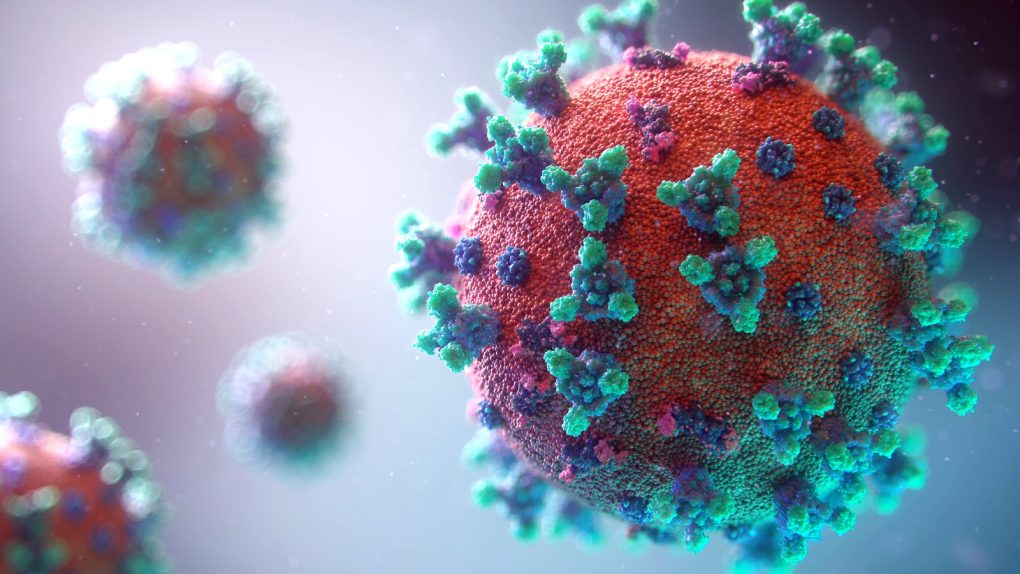- A broad study by UK researchers found that fatigue is often the first symptom that manifests in coronavirus patients.
- Fatigue by itself, however, isn’t a sure sign of a positive COVID diagnosis.
While coronavirus symptoms can manifest in a myriad of ways, a study from late last year revealed that the most common first sign of a COVID-19 infection is fatigue. The COVID Symptom Study, which was carried out in the UK last year, found that 82% of people with a positive coronavirus diagnosis experienced fatigue as an early symptom. The second most common symptom reported was a headache.
It is worth noting that fatigue and a headache by themselves typically aren’t indicative of a COVID infection; rather they’re usually accompanied by several other symptoms. In other words, if you’re feeling a bit sluggish or happen to have a headache, there’s no reason to panic without any other symptoms present. Indeed, the study found that just 3% of people with COVID reported having fatigue and/or a headache as their only symptoms.
Another common COVID symptom to be aware of is a fever. To this point, the study found that 40% of people with the coronavirus reported having a fever within seven days of infection.
One of the more interesting aspects of the study centered on how symptoms tend to manifest differently across varying age groups.
The symptoms of headache, loss of smell, persistent cough and sore throat are more often reported by adults (18-65) than by the elderly or children. The adult age group tends to report more loss of smell (55%) than the elderly or the kids (65+ yrs: 26%, <18 yrs: 21%.). This doesn’t mean loss of smell is not important in older people or kids, but probably means we need to actually test for smell changes, especially if reporting for someone else.
Those over 65 reported being confused, disorientated and having severe shortness of breath more often than the other groups, while overall these symptoms are less common in those aged 18-65.
For individuals 17 and below, the most common COVID symptoms were found to be a headache, fatigue, fever, and sore throat. For individuals between the ages of 18 and 65, the most common COVID symptoms were fatigue, headache, the sudden loss of taste and smell, and a cough. And for people over 65, the most common COVID symptoms were fatigue, headache, fever, cough, and loss of appetite.
Incidentally, some COVID symptoms can sometimes predict when someone might experience a severe bout of COVID. About three months ago, a study from U.S., UK, and Swedish researchers found that individuals who experience an ongoing fever and a loss of appetite are especially at risk for developing long COVID, a condition wherein COVID symptoms linger for months after the initial diagnosis.
The study reads in part:
We examined whether there were different types of symptomatology within Long-COVID. We found two main patterns: those reporting exclusively fatigue, headache and upper respiratory complaints (shortness of breath, sore throat, persistent cough and loss of smell) and those with multi-system complaints including ongoing fever and gastroenterological symptoms.
In the individuals with long duration, ongoing fever and skipped meals were strong predictors of a subsequent hospital visit.
And as we highlighted yesterday, there are a handful of COVID warning symptoms that warrant immediate medical attention, a list that includes difficulty breathing, chest pain, new confusion, an inability to stay awake, and blush lips or face.








